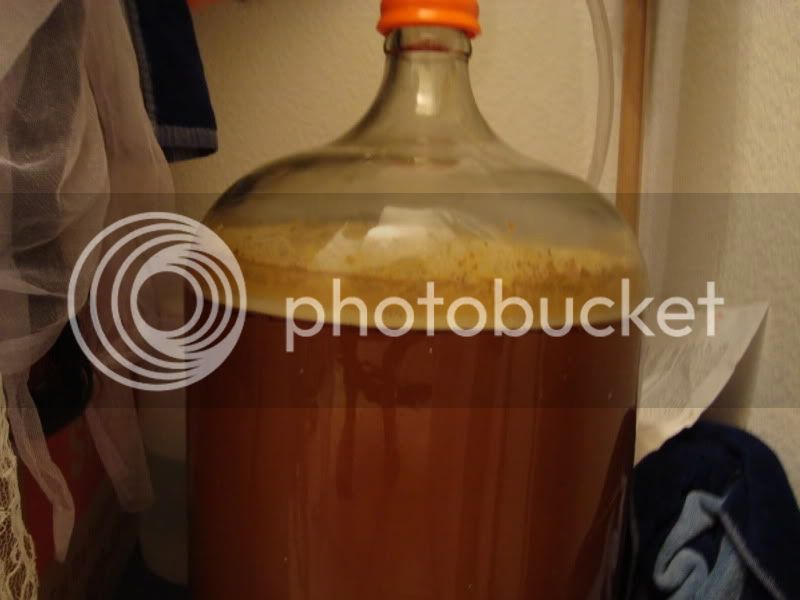I did my first brew on Sunday afternoon, and it's getting to be about 48hrs after pitching the yeast. It started bubbling (slowly) after around 12 hours and lasted for until about 30 hours. Now the bubbling has stopped.
My fermenter's temperature was around 74-76 degrees through the process and I was wondering if I might've killed the yeast or if I need to do anything to correct this.
My fermenter's temperature was around 74-76 degrees through the process and I was wondering if I might've killed the yeast or if I need to do anything to correct this.






















![Craft A Brew - Safale S-04 Dry Yeast - Fermentis - English Ale Dry Yeast - For English and American Ales and Hard Apple Ciders - Ingredients for Home Brewing - Beer Making Supplies - [1 Pack]](https://m.media-amazon.com/images/I/41fVGNh6JfL._SL500_.jpg)




































